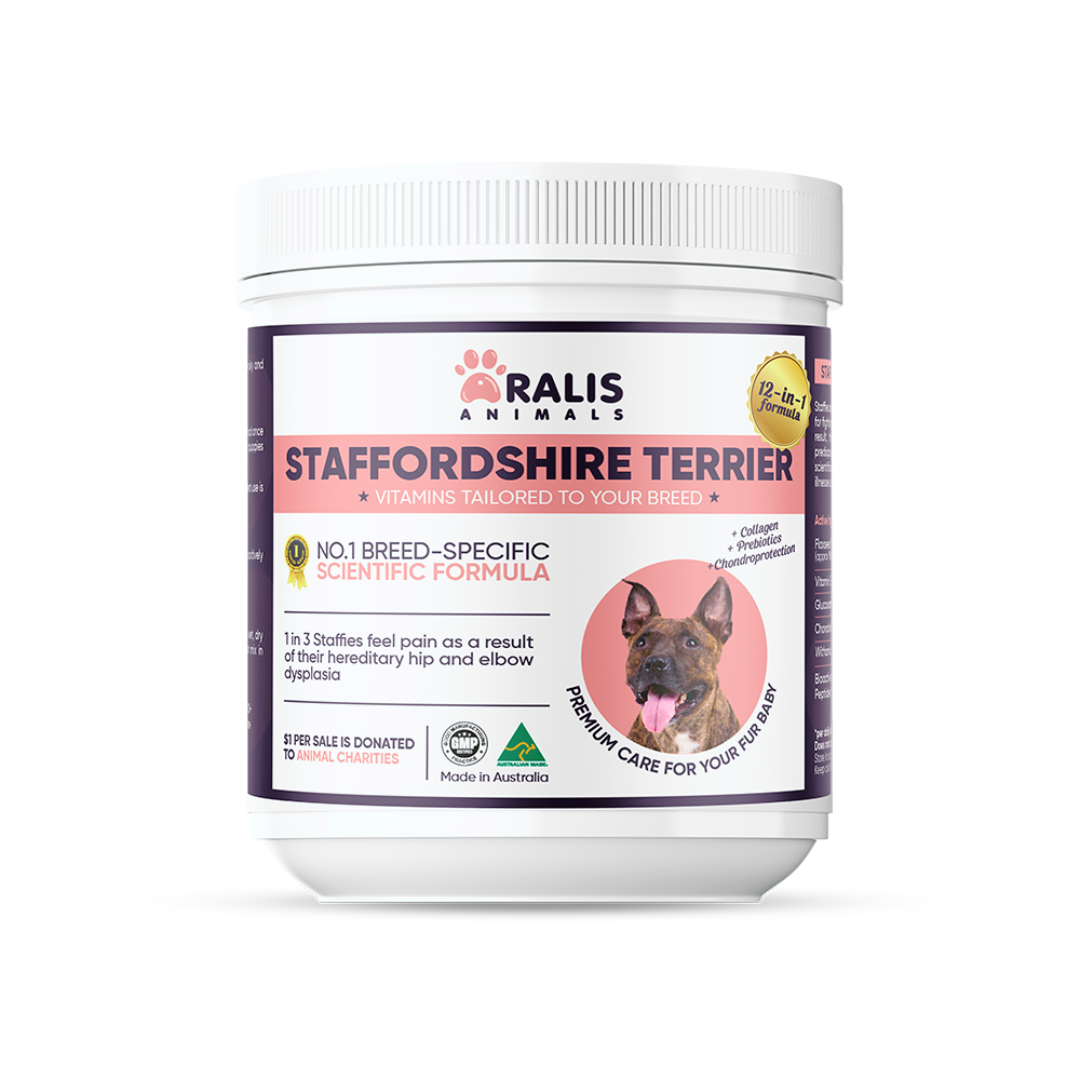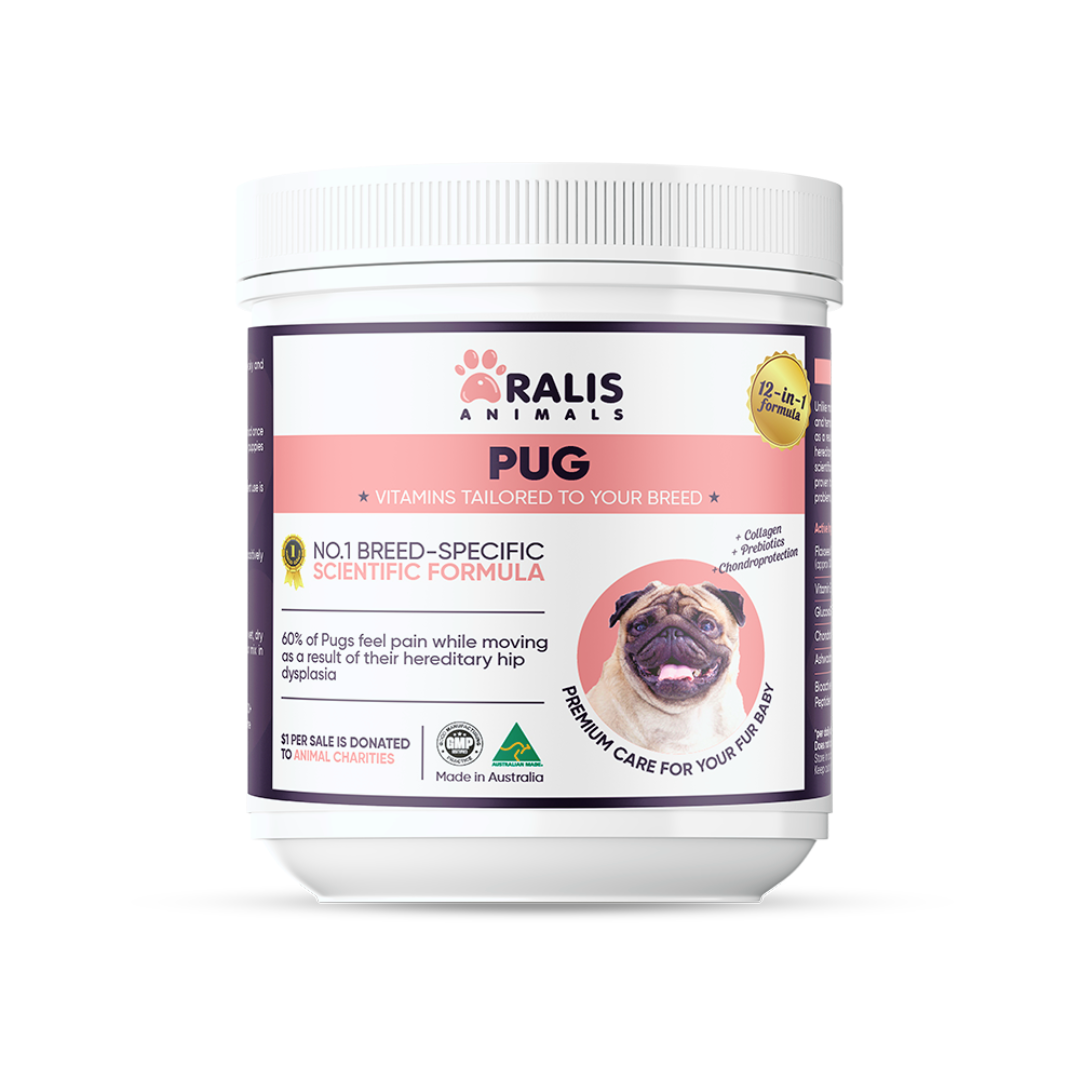Decoding Your Dog's Anxiety: Recognizing the Signs and Finding Relief

As pet owners, we want nothing more than to see our furry companions happy and content. However, the reality is that many dogs struggle with anxiety, a condition that can significantly impact their well-being and our relationship with them. Understanding the symptoms of dog anxiety is the first step in providing the support and care they need.
In this blog post, we'll delve into the various physical and behavioral signs of anxiety in dogs, explore the different types of anxiety they may experience, and discuss effective strategies for managing and treating this common issue.
Physical Symptoms of Dog Anxiety
One of the most telling signs that your dog is experiencing anxiety is a change in their physical demeanor. Look for the following physical cues:
Changes in Body Language
Anxious dogs often exhibit subtle shifts in their body language, such as a tucked tail, lowered head, or a tense, rigid posture. They may also avoid eye contact or appear restless, pacing back and forth.
Trembling or Shaking
Trembling or shaking can be a clear indicator of anxiety, as the dog's body reacts to the stress and tension they are experiencing.
Excessive Panting
Rapid, heavy breathing or panting, even when the dog is not physically exerted, can be a sign of anxiety.
Drooling
Excessive drooling or salivation can also be a physical manifestation of a dog's anxiety.
Behavioral Signs of Anxiety
In addition to physical symptoms, anxious dogs often exhibit distinct behavioral changes that can help us identify their distress. Keep an eye out for the following:
Destructive Behavior
Anxious dogs may engage in destructive behaviors, such as chewing, digging, or scratching, often targeting items or areas that provide them comfort or security.
Excessive Barking or Howling
Heightened vocalizations, such as excessive barking or howling, can be a sign that a dog is experiencing anxiety, particularly when left alone or in unfamiliar situations.
Hiding or Seeking Constant Closeness
Anxious dogs may seek to hide or find a safe, secure space, or they may constantly seek out their owners' presence, refusing to leave their side.
Aggression or Unusual Aggression
In some cases, anxiety can manifest as aggressive behavior, such as growling, snapping, or biting, even in dogs that are typically calm and friendly.
Types of Dog Anxiety
Dog anxiety can take on various forms, and understanding the specific type of anxiety your dog is experiencing can help you tailor your approach to management and treatment.
Separation Anxiety
This type of anxiety is triggered when a dog is left alone or separated from their primary caregiver, often resulting in destructive behaviors or excessive vocalization.
Social Anxiety
Dogs with social anxiety may become fearful or stressed in the presence of unfamiliar people or animals, leading to avoidance or aggressive behaviors.
Noise-Related Anxiety
Loud noises, such as thunderstorms, fireworks, or even household appliances, can cause significant distress in some dogs, leading to trembling, hiding, or attempts to escape.
Travel or Environmental Anxiety
Changes in environment, such as car rides, vet visits, or new living spaces, can also trigger anxiety in some dogs, causing them to become agitated or fearful.
Identifying Triggers and Patterns
Recognizing the specific triggers that cause your dog's anxiety is crucial for developing an effective management plan. Pay close attention to the situations or events that seem to precede your dog's anxious behaviors, and document any patterns you observe. This information can help you work with your veterinarian or a certified animal behaviorist to create a tailored approach to addressing your dog's anxiety.
Management and Treatment Options
If you suspect your dog is struggling with anxiety, the first step is to consult with your veterinarian. They can help rule out any underlying medical conditions and provide guidance on the appropriate course of action. Depending on the severity and type of anxiety, your veterinarian may recommend a combination of the following:
Professional Consultation
Seeking the expertise of a certified animal behaviorist or trainer can be invaluable in developing a comprehensive treatment plan for your anxious dog.
Training Techniques
Positive reinforcement-based training methods, such as desensitization and counterconditioning, can help your dog learn to associate anxiety-provoking situations with positive experiences.
Behavioral Modification
Implementing behavioral modification strategies, such as creating a safe, calming environment or establishing a consistent routine, can help alleviate your dog's anxiety.
Potential Medical Interventions
In some cases, your veterinarian may recommend the use of anti-anxiety medications or supplements to help manage your dog's anxiety symptoms. Some of Aralis Animals supplements contain calming Ashwagandha complex - check out the range here.
Preventive Strategies
While managing and treating anxiety in dogs is essential, there are also proactive steps you can take to help prevent or minimize the development of anxiety in the first place:
Creating a Calm Environment
Providing your dog with a quiet, comfortable space where they feel safe and secure can go a long way in reducing their overall stress levels.
Regular Exercise
Ensuring your dog gets adequate physical activity and mental stimulation can help them better cope with anxiety-inducing situations.
Consistent Routine
Establishing a predictable daily routine can help your dog feel more secure and less prone to experiencing anxiety.
Positive Reinforcement
Using positive reinforcement, such as treats and praise, to reward calm behavior can help your dog associate positive experiences with potentially anxiety-provoking situations.
Conclusion
Recognizing the signs of anxiety in dogs is the first step in providing them with the support and care they need. By understanding the physical and behavioral symptoms, as well as the different types of anxiety your dog may experience, you can work with your veterinarian and other professionals to develop an effective management and treatment plan.
Remember, every dog is unique, and what works for one may not work for another. With patience, persistence, and a commitment to your dog's well-being, you can help them overcome their anxiety and enjoy a happier, more fulfilling life by your side.





